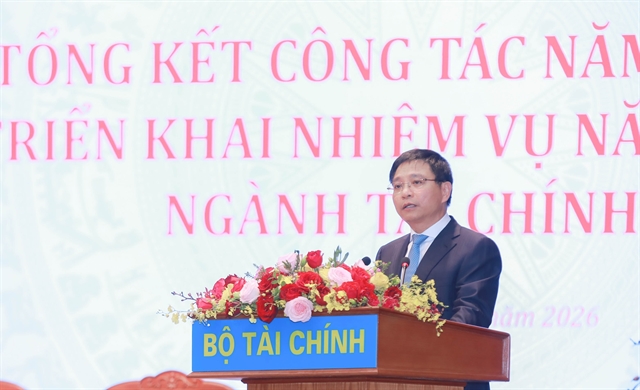 Economy
Economy

Lào Cai authorities are aiming to turn the northern province’s border economic zone into a dynamic and sustainable development economic hub, according to insiders.
 |
| Vice Chairman of the provincial People’s Committee Lê Ngọc Hưng at the conference. — VNA/VNS Photo |
HÀ NỘI — Lào Cai authorities are aiming to turn the northern province’s border economic zone into a dynamic and sustainable development economic hub, according to insiders.
Under a master plan for the zone development to 2040, recently announced by the provincial People’s Committee, the zone will cover a total area of nearly 16,000ha. It is projected to have a population of 90,000 by 2040.
The zone will have a core area and two wings, namely the western and eastern economic corridors.
Planned infrastructure works include a border gate management area at the Lào Cai international border gate, the Kim Thành international border gate and high-rise financial, bank and service centres in Kim Thành, Duyên Hải, Bản Qua and Bản Vược communes.
The service area at the border gate will cover more than 356ha of land and is planned to house areas for fairs and exhibitions, representative offices of enterprises and organisations, a trading centre and bonded warehouse, among other facilities.
The area designated for industrial activities in the zone comprises industrial parks, a 228ha processing and packaging zone for import-export in Bát Xát District, and an area for services, logistics, warehouses and packaging.
The plan also envisions a complex for tourism, entertainment and sports covering more than 344ha in Bản Qua Commune of Bát Xát District.
Vice Chairman of the provincial People’s Committee Lê Ngọc Hưng said the Lào Cai border economic zone is hoped to become one of the important trading gateways, a tourism, service and trading centre and a large-scale cargo transfer gateway in the region.
He asked local authorities to pay attention to studying and proposing policies to ensure a stable life for locals living in the project area, while developing plans for land clearance and resettlement and planting boundary markers. — VNS




